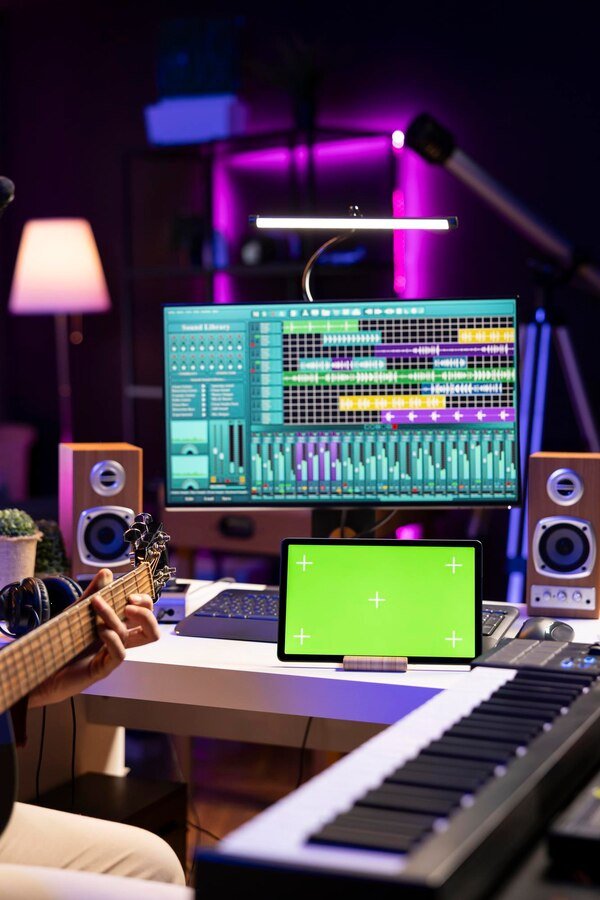Analog vs. Digital: A Producer’s Perspective
In the ever-evolving world of music production, the debate between analog and digital technologies remains as relevant as ever. Both have their unique characteristics and distinct advantages, making the choice between them a matter of personal preference and specific project requirements. As a producer, understanding the strengths and weaknesses of both can significantly impact the quality and flavor of the music you create.
Analog technology, revered for its warmth and richness, has a longstanding history in the music industry. Analog recording captures audio signals in their natural, continuous form, producing a sound that many find more organic and pleasing to the ear. The subtle nuances and imperfections inherent in analog equipment, such as tape machines and vinyl records, can add an element of soul and character to a recording that is often difficult to replicate digitally.
One of the most celebrated aspects of analog is its dynamic range. Analog equipment can handle high levels of audio pressure, allowing for recordings that retain clarity and detail even at louder volumes. This is particularly important in genres like rock or classical music, where dynamics play a crucial role in the overall sound. Additionally, many producers appreciate the tactile experience of working with physical equipment, which can inspire creativity and foster a more hands-on approach to music-making.

On the other hand, digital technology offers unparalleled convenience and precision. Digital recording involves converting analog signals into a series of discrete numbers, which can be easily edited, manipulated, and stored on computers. This allows for a level of control and flexibility that is simply not possible with analog. Producers can make minute adjustments to timing, pitch, and other parameters with incredible accuracy, making digital an invaluable tool for styles that require meticulous editing, such as electronic music or pop.
Moreover, digital technology provides access to a vast array of software instruments and effects, many of which can emulate the sound of analog hardware at a fraction of the cost. This democratization of high-quality sound has enabled more aspiring musicians to produce professional-grade music from their home studios. Additionally, digital files are much easier to share, distribute, and back up, streamlining the production workflow and facilitating collaborations across geographical boundaries.
While digital can sometimes be criticized for sounding "cold" or "clinical," advancements in software design have significantly narrowed the gap between digital and analog sound quality. High-resolution digital audio and sophisticated algorithms now offer lush, detailed recordings that rival their analog counterparts, making it increasingly challenging to distinguish between the two in blind tests.
Ultimately, the choice between analog and digital depends on the specific needs of a project and the personal preferences of the producer. Some may favor the time-honored warmth and character of analog, while others might opt for the precision and versatility of digital. In practice, many producers find a hybrid approach to be the most effective, leveraging the strengths of both technologies to create a unique and balanced sound.
In conclusion, both analog and digital technologies have a rightful place in modern music production. Mastery of both realms can provide producers with a broader palette of tools and techniques, empowering them to craft music that truly resonates with their artistic vision. The key lies in understanding the nuances of each and applying them judiciously to enhance the creative process.